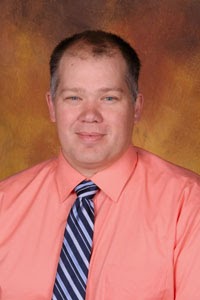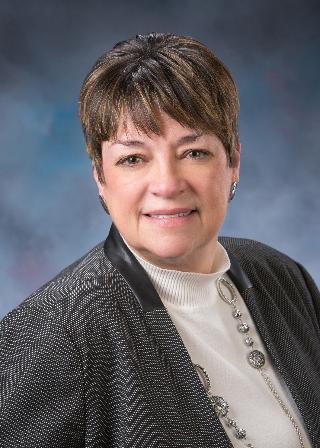Members of Gov. Brad Little’s K-12 task force spent a good chunk of time Tuesday talking about rural school funding.

How much money the state parcels out to rural schools, and how the rural districts spend the money they get.
The Little task force — or at least a subcommittee focused on rural and underserved schools — continued its summer work Tuesday. The task force’s recommendations are due to Little by November.
Some of the subcommittee’s ideas began taking shape during a Tuesday afternoon brainstorming session at a State Board of Education conference room. The ideas ranged from loan forgiveness and housing allowances for rural teachers to streamlined reporting requirements to enhanced pre-kindergarten programs in rural Idaho.
But funding realities could suck the air out of any recommendations that come from the subcommittee, Shawn Tiegs told his fellow panel members. The superintendent of the Nezperce School District — a tiny school system with about 140 students — Tiegs said a new school funding formula could have a severe impact on rural schools.
“(It’s a) very scary time for us,” he said.

Rep. Sally Toone, D-Gooding, voiced similar concerns. Her legislative district includes the wealthy Blaine County School District but also cash-strapped districts in Bliss and Dietrich.
“With the rollout of the new funding formula, I really worry about our rural districts,” Toone said.
Legislators debated a funding formula rewrite last year, but no bill ever made it out of committee. Tiegs was just one of a host of superintendents who testified against one version of the funding formula bill, a rewrite that drew opposition from urban and rural school leaders alike.
Subcommittee members agreed on one general point: Idaho’s 115 school districts should stretch their limited dollars and pool their resources whenever possible.
Boise business executive Bill Gilbert, a co-chair of Little’s education task force, stressed “entrepreneurial solutions” that will save money and improve student outcomes “The problem is, it’s ad hoc and not systematic.”
But streamline can take its toll. The Genesee School District cut positions and programs during the Great Recession, and hasn’t fully recovered, said board chair Jennifer Parkins, a subcommittee member.
Many programs lend themselves to a consortium — from special education to nursing to IT, Tiegs said. But the politics can be sensitive, because patrons don’t want to lose their connection to a local school district.
“Even the perception of consolidation,” he said. “You have to tread lightly.”
Little’s Our Kids, Idaho’s Future task force will hold its next full meeting on Aug. 12. In the meantime, the work falls to four subcommittees, focused on rural and underserved schools; budget stability; the teacher pipeline; and school facilities and safety.
